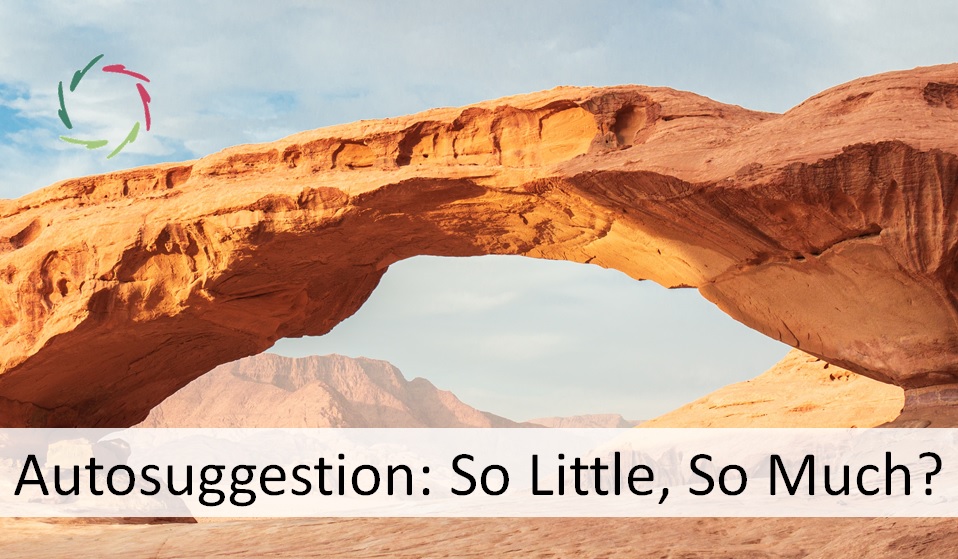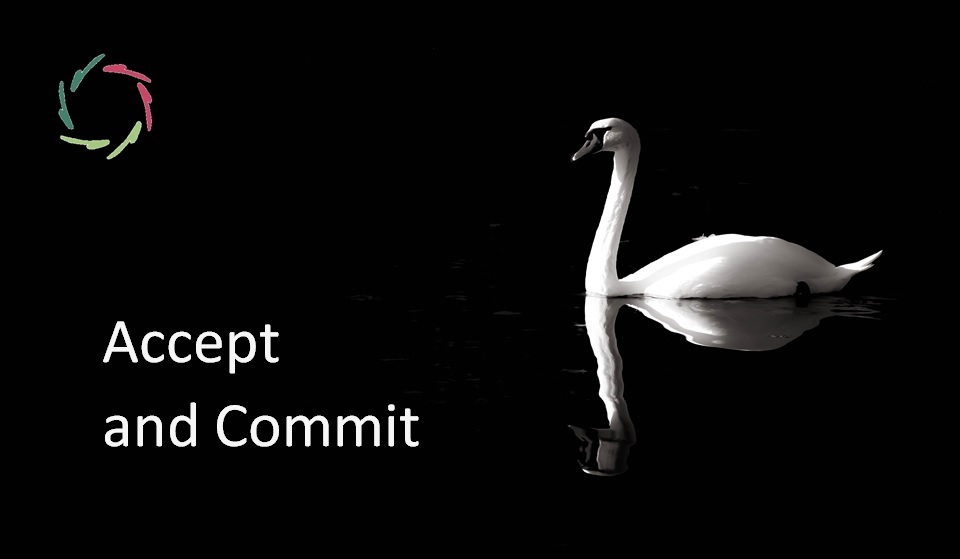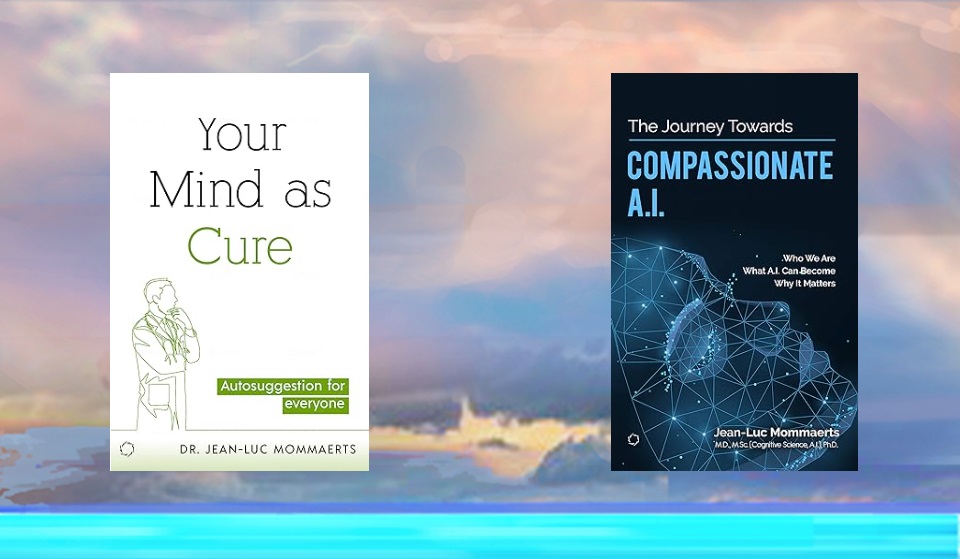Autosuggestion: So Little, So Much?

In a culture bent on crudely decisive action, subtle autosuggestion is frequently disregarded. Yet, in the end, it may be more effective than anything else, in positive and negative ways.
Subtle dance
Did you ever look at a couple dancing the tango while asking yourself how they can make such complex movements together?
There is a leader and a follower in tango. But eventually, in a lovely dance, the follower also leads, and the leader also follows. [see: “Why there is no leader in tango”] To an onlooker who doesn’t know the dance, that may seem like magic because it’s subtle.
It is what subtlety is about. [see: “What is Subtlety?”]
And yet, there is this beautiful dance being created out of nothing. The creation may be pretty worthwhile.
As little as autosuggestion
[see: “The ‘Auto’ in Autosuggestion“]
Autosuggestion can be compared to a subtle dance performed by ego and total self. You might make it into a tango if you please.
The subtle dance is an accomplishment, a worthwhile entity that exists in mind and body, and in which one can see at least as well as anywhere else that mind and body are the same thing.
What is accomplished in the mind is accomplished in the body.
Can this subtle accomplishment have more profound effects on the rest of the body?
It doesn’t seem so, of course, if one starts from a lingering idea of mind-body divide.
Also, if ‘the mind’ has such an influence on ‘the body,’ how is it possible that we don’t see this in everyday life? And why would then not everybody just decide to have a long and healthy life ― no pain, no itching, only pleasure?
The answer lies in non-conscious subconceptual processing. This is the way our brain most intricately works.
This also is the habitat of autosuggestion. [see: “Mental Patterns Change through Autosuggestion”]
Two extremes in mind-body influence (so to speak).
At one extreme lies the movement of a finger or any other motoric behavior that is accompanied by conscious awareness. We call it a ‘decision to move.’
At the other extreme lies anything that moves in the body without conscious awareness or without awareness of meaningful influence from the brain/mind. The more science progresses, the more such influences are documented and even visualized up to brainy details ― for instance, in chronic functional pain syndromes. [see: “Chronic Functional Pain: All for One?“]
One may see in this a divide between conscious and non-conscious, but that is far less the case than most people think since it probably all starts non-consciously. The divide lies in the way decisions reach – or even do not reach – consciousness. An additional divide lies in the timeframe: seconds to minutes versus seconds to hours, days, or years. This much wider timeframe also makes it more difficult to see, as well as less worthwhile to conceptualize in everyday circumstances.
Nature clearly wasn’t thinking about science when it made us.
Nevertheless, as there are huge influences of the mind on every internal organ (your heart might beat a bit faster now), we can envision autosuggestion playing a hugely positive role in this in the short and long term.
Whirlpool of disease
In getting sick as well as healing, wherever the mind is involved, I see something like a whirlpool. [see: “Whirlpool of Disease”] This means that not some concrete and easily discernible part of the psyche plays the single causal role but a conglomerate, a synthesis of many things. Some of these can be better understood as the mind, others as the body.
This whirlpool is the dance.
One very sad – for being utterly disregarded – example of this is the COVID whirlpool. [see: “COVID-Whirlpool”]


